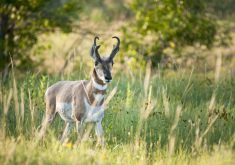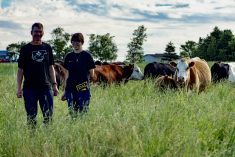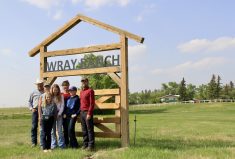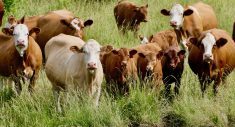Beef producers in southwestern Saskatchewan are being rewarded for ensuring that species at risk have a home on native pastures.
Tom Harrison is a rancher and executive director of the South of the Divide Conservation Action Program Inc. (SODCAP), an organization founded in 2014 to create and maintain habitat for species at risk on native grassland while ensuring the land is sustainable for beef production. Providing ranchers with financial incentives for supporting this habitat is one of its main initiatives.
SODCAP primarily works in the Milk River Watershed, an area with large tracts of grassland. “Fifty-two per cent of the land is still native, and over 75 per cent is in perennial cover. So that’s a fairly significant amount of a landscape that’s providing habitat already,” said Harrison. “Environment Canada has designated one million hectares of that land for critical habitat, and it’s almost a direct overlap of the native grasslands.”
Read Also
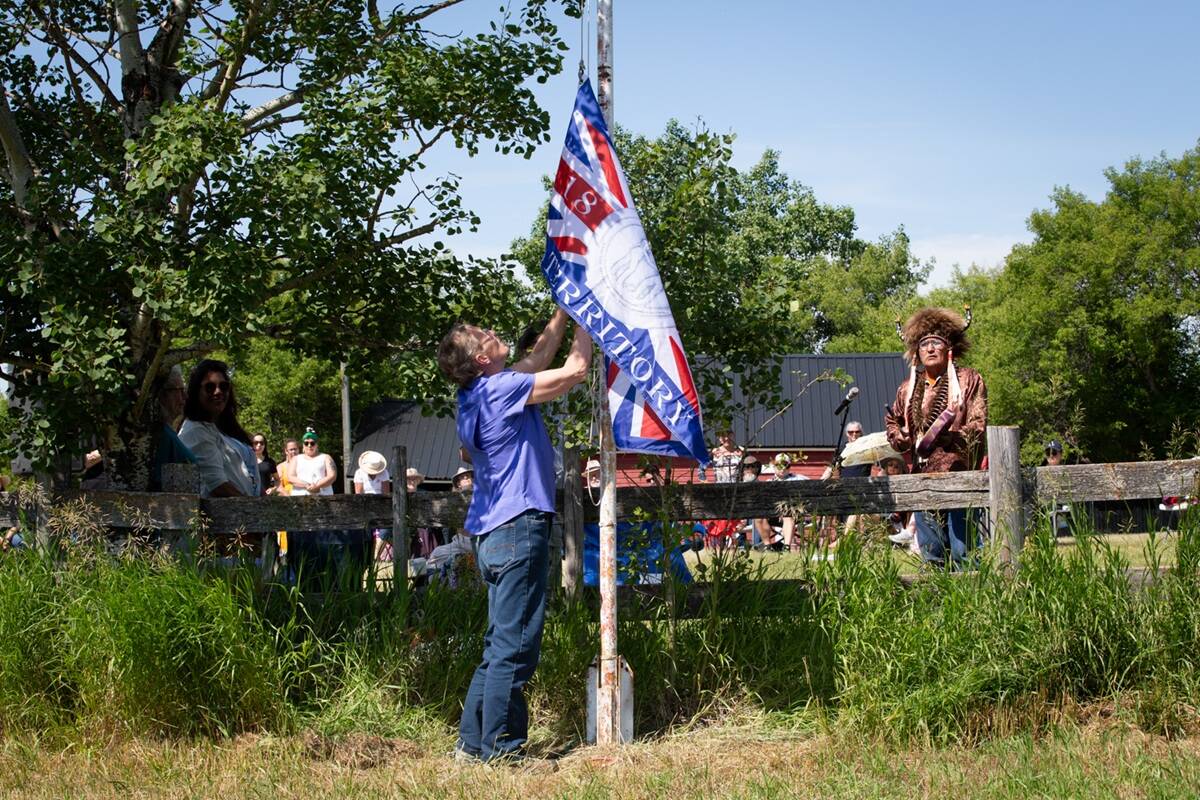
Treaty Land Sharing Network expands reach in Saskatchewan and Alberta
The Treaty Land Sharing Network, which connects land holders with First Nations and Metis people, has expanded since it began in 2018
With funding from the Species at Risk Partnership on Agricultural Lands (SARPAL), SODCAP has developed six programs to support its mandate: results-based conservation agreements, habitat management agreements, habitat restoration, grass banking, niche product branding and term conservation easements.
Results-based conservation agreements have become one of its most popular projects. Once producers with critical habitat for one or more species at risk sign an agreement, SODCAP, in collaboration with the Saskatchewan Stock Growers’ Association and Environment Canada, determines habitat targets for the operation. The rancher decides how to achieve those targets and receives annual payments if successful.
“Everything that we ask the producer to do or achieve has got to be over and above normal agricultural practices,” notes Harrison. They also have to be measurable, quantifiable and recognize the ecological limits of the landscape.
And while the targets are based on the current state of knowledge, Harrison says “we also have to be adaptable.”
SODCAP uses imagery, soil data and a critical habitat map developed by Environment Canada to track progress, with special attention to other species at risk to ensure the targets don’t negatively affect them.
While the producer is free to decide how the targets will be achieved, SODCAP can provide technical assistance as well as monitoring the progress. “We will run two transects for every section of land,” said Harrison. “Each transect will have 25 data points on it, and then the data is gathered and collected and summarized, and at the end of the summer, we determine whether or not the habitat targets were achieved.” If producers meet the targets, they are paid $3.50 per acre per year.
SODCAP most often works on habitat agreements for the greater sage grouse and Sprague’s pipit. The greater sage grouse has three specific habitat targets related to silver sage, grass droop height and forb cover. Though not specific to this species, the monitoring team also looks at the amount of exposed soil and litter levels as factors contributing to a healthy range. The three habitat targets for the Sprague’s pipit are range condition, litter load and visual obstruction.
Results-based agreements have some obvious benefits over other types of conservation agreements. In this case, if all the targets are achieved on a 10,000-acre parcel, the producer would receive an annual payment of $35,000. By comparison, habitat management agreements, generally offer a one-time payment for signing a 10-year agreement, valued currently anywhere from $1.50 to $6 per acre.
Refining the program
Currently, SODCAP has 10 agreements with producers under the SARPAL funding, encompassing more than 40,000 acres.
In 2016, each producer met their targets, and the annual total payment to producers was a little under $140,000.
Last year, some producers were unable to meet all of their targets and the total payout slipped to $108,000. The shortfall came on Sprague’s pipit habitat. In one case, the dip was related to range condition, likely due to the almost drought-like conditions facing the Prairies, since the producers involved hadn’t changed their management practices. As a result, Harrison said SODCAP plans to refine habitat targets based on initial data and investigate how drought affects the habitats versus management practices.
Harrison maintains there is increasing interest and acceptance of their program by producers in the Milk River Watershed, particularly among those who are already leaders in conservation practices. “In a large number of these cases they’re already achieving habitat targets,” he said.
However, privacy remains an issue for some. “Guys still are reluctant to discuss species at risk publicly,” noted Harrison. Each contract includes a privacy clause for that reason.




